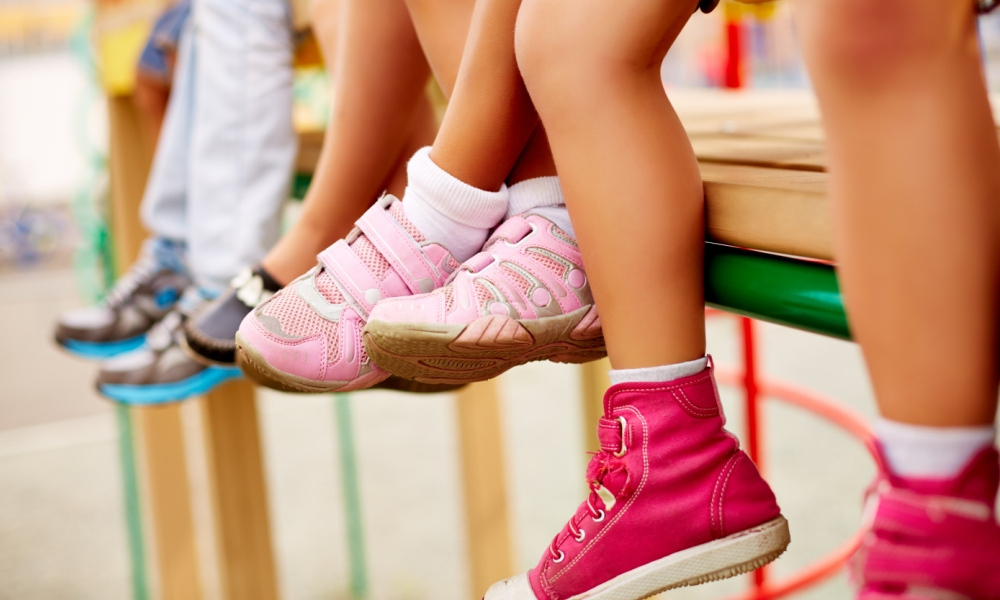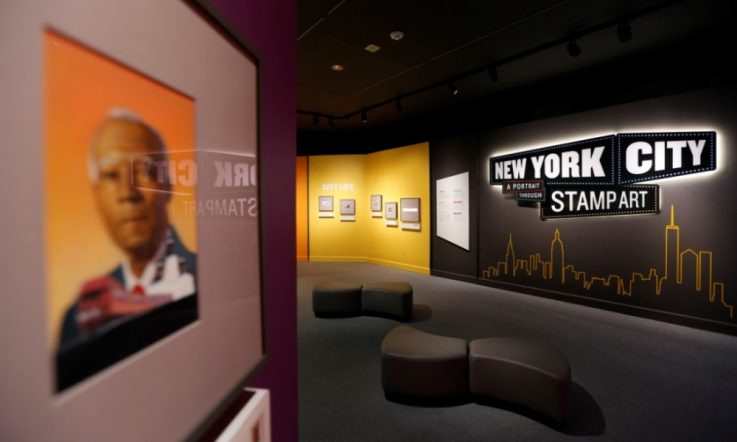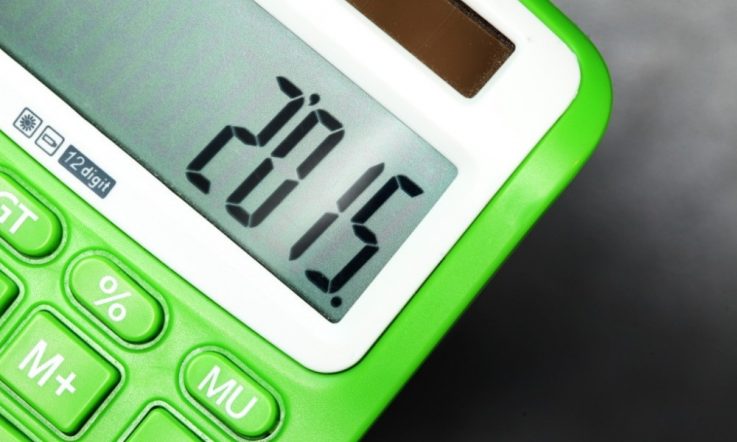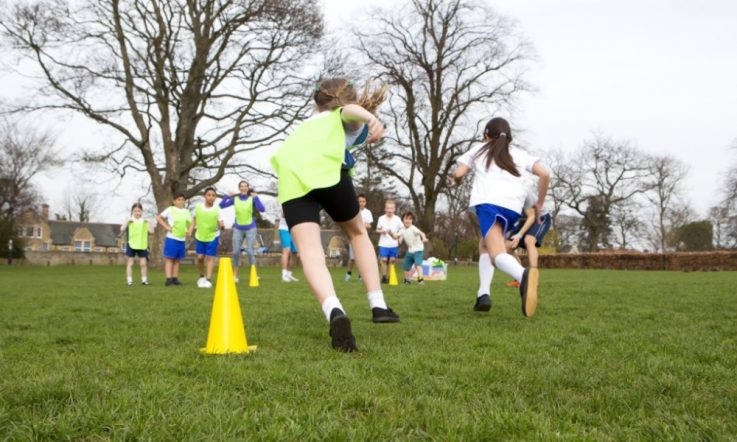Imagine a classroom where creativity and movement is used not just in the arts, physical education and drama lessons, but in mathematics.
That is the goal of the Creative Body-Based Learning (CBL) Project. Developed by youth arts organisation Carclew, the South Australian education department, University of South Australia, University of Texas at Austin and Arts Rich Together, the project sees artists working alongside teachers in the classroom in order to encourage students to take a more creative and physical approach to learning mathematics.
Teacher recently spoke to Assistant Professor Katie Dawson, Director of Drama for Schools at the University of Texas at Austin, who successfully established the program in the United States and is now overseeing the pilot program in Australian schools. ‘We are bringing together educators, artists and academics from across the South Australian sector [and] coming together to think about how we can make a difference in mathematics learning for all of our students, particularly those who come from disadvantaged backgrounds,' she explains.
The pilot program was trialled last year at West Lakes Shore School and Modbury Primary School in Adelaide, across all year levels with a handful of teachers. ‘There were four artists through Carclew, [and the] University of South of Australia, and Flinders was involved in offering some support. We ran it over a couple of terms – so, we did some professional learning together and then the artists were working in the schools to really support those teachers and apply Creative Body-Based Learning practices in the mathematics curriculum, and designing new inquiries as part of that.'
Dawson, a visiting academic at the University of South Australia, explains that a classroom that's using CBL is a classroom that's using active and creative approaches to engage the students. ‘... [It uses] the kind of cognitive tasks that we have to do. We're thinking critically ... we're thinking about the social and cultural curriculum in the classroom and how that impacts the learning process or a sense of belonging, how we work together collaboratively, as well as aesthetic learning.'
She says that while it is still too early to make strong claims, the feedback from teachers has been positive.
‘Teachers were saying [students] saw themselves as learners of mathematics now, rather than “I can't do that". It encourages the students to think about the problem and talk through it.'
Dawson adds educators also talked about the approach as an authentic assessment tool. 'A teacher said [the students] can show the learning, they can demonstrate it, they can share it without ever having to pick up a pencil to do it. Because some kids, when they pick up that pencil they shut down because they can't write it.
‘Another teacher said this way of learning actually forces [the student] to do the reasoning and act out the reasoning, or explain the reasoning behind the problem solving. You get a better picture of those that were actually being successful as opposed to the pen and paper standard test.'
Inside a CBL classroom
When asked to describe what a CBL approach would look in the classroom, Dawson gives Teacher an example of an educator who would like to teach their students about sorting and categorising, while using academic language that ties to both maths and science. The main prop could be the students' own shoes.
Students are invited to silently group themselves based on what their shoes look like. ‘Then, once they're in groups you might say “So now that you are in a group, talk about what you see that's similar about your shoes. Why did you make this group?” So [they] compare ideas with each other and come up with a way to describe ... the characteristics or attributes of the shoes.'
Dawson says, as a next step, the teacher could write the students' comments on the board (which may include groupings such as colour and size) and ask them to think about which are mathematic terms and which are scientific. The teacher could then pose a hypothetical problem about a curator struggling to put together a display of everyday objects – she's not sure how to do it so that it successfully tells a story.
‘[The teacher might use] five to six different groups of objects – one of them might be a set of LEGOs ... and another might be a set of rocks found from outside, and another might be a set of two dimensional geometric [shapes]. So, it's using some things from the everyday world and things that are [from] your maths closet. Then you might ask the students to ... look at those things and to come back with 10 ways they would sort them. So we are using the same [process] we just used with our shoes; then we will ask them to come up with a display.'
Dawson says the next part of the hypothetical problem is to ask students to imagine this exhibition is going on the road and someone needs to understand how to pack and place the items. This leads to questions such as 'How would you sort these objects?' and 'How can you use a dichotomous key to explain it?'
The academic believes that these are the kinds of cognitive tasks that ensure the students are thinking critically. ‘I'm really interested in problem posing and the reasoning process and giving students strategies for how we make meaning and think critically and move between analysis and synthesis.'
She says the CBL Program has yielded some impressive results in the US. ‘We've found that test scores ... have gone up. Even more importantly for some folks, the attendance has gone up [and] we have found there have been [fewer] incidents of behaviour problems.
'Teachers [also] feel like they have more tools and ways to reach young people, particularly diverse young people in their classrooms. We call that a sense of self-efficacy. So, they have a higher sense of feeling like they are effective teachers to every student in their class, for every student.'
The program's current South Australian school sites are: Christie Downs Primary School, Lonsdale Heights School, Hackham West R-7 School, O'Sullivan Beach School, John Hartley School, Swallowcliffe Primary School, Modbury West School, Modbury Primary School and Alberton Primary School.
How can you incorporate movement and creativity in subjects other than Art and PE?
Are you making cross-curricular links between mathematics and other subject areas?
As a school leader, are you providing opportunities for different subject teachers to plan together?



